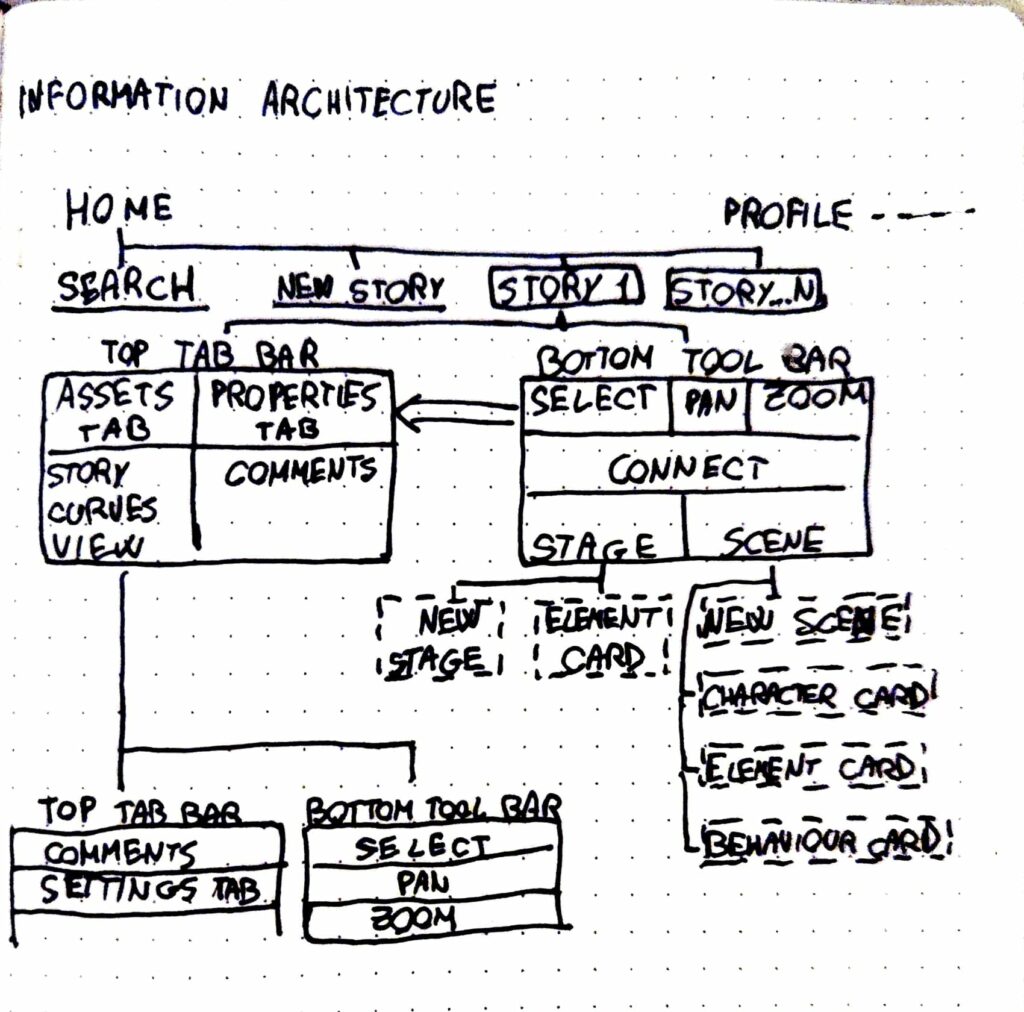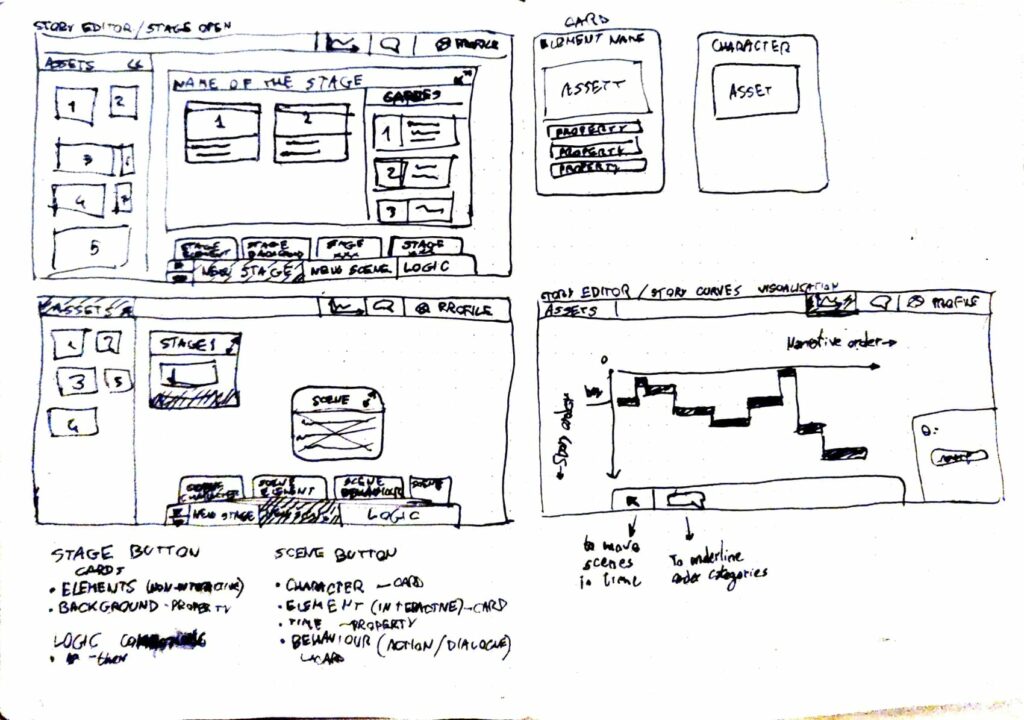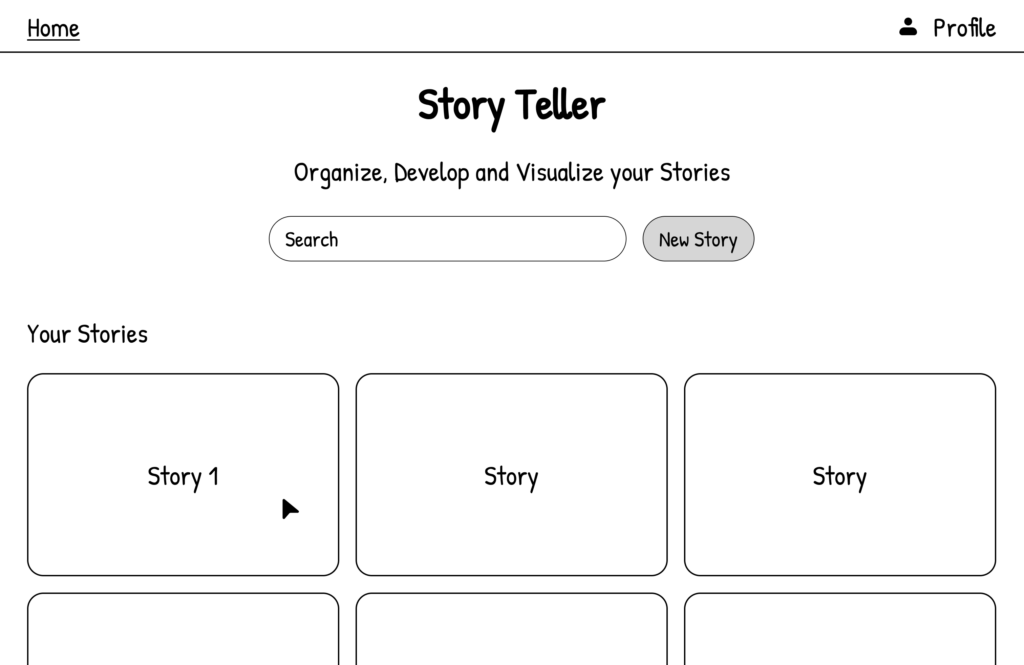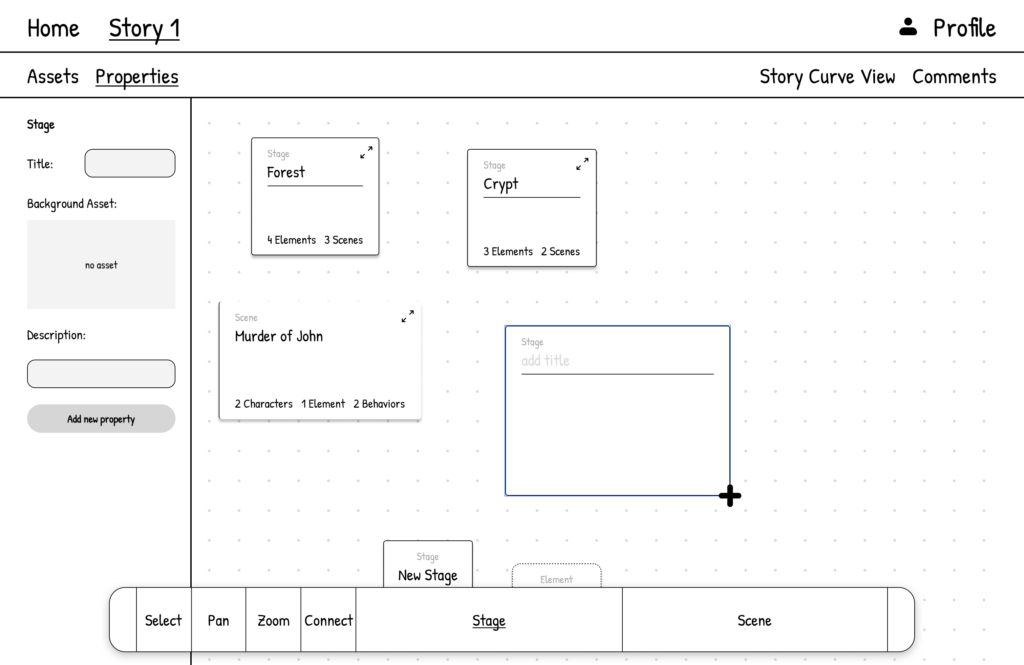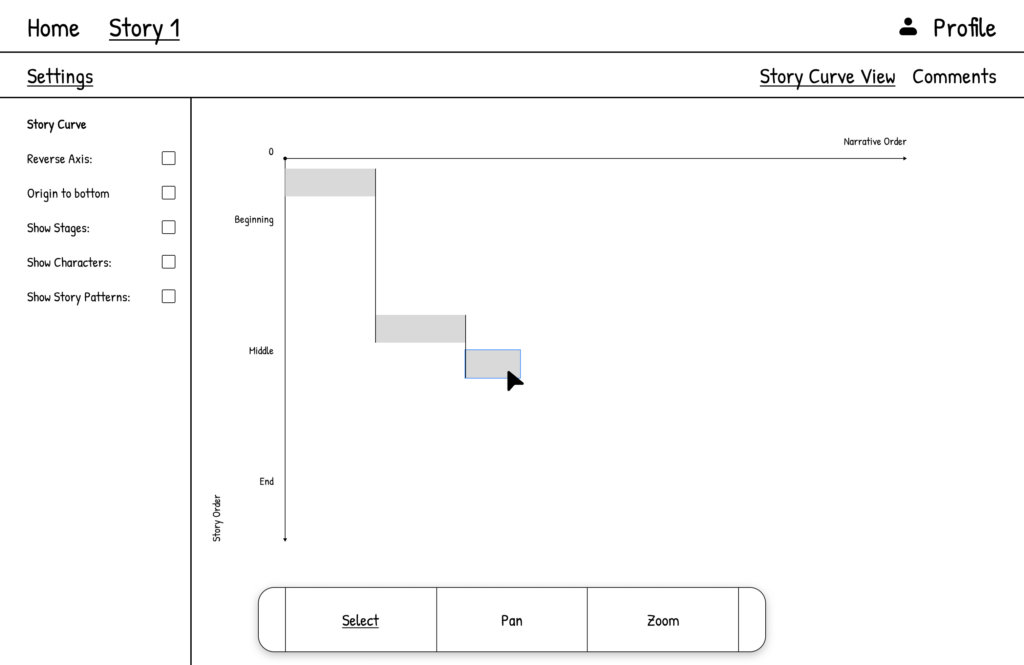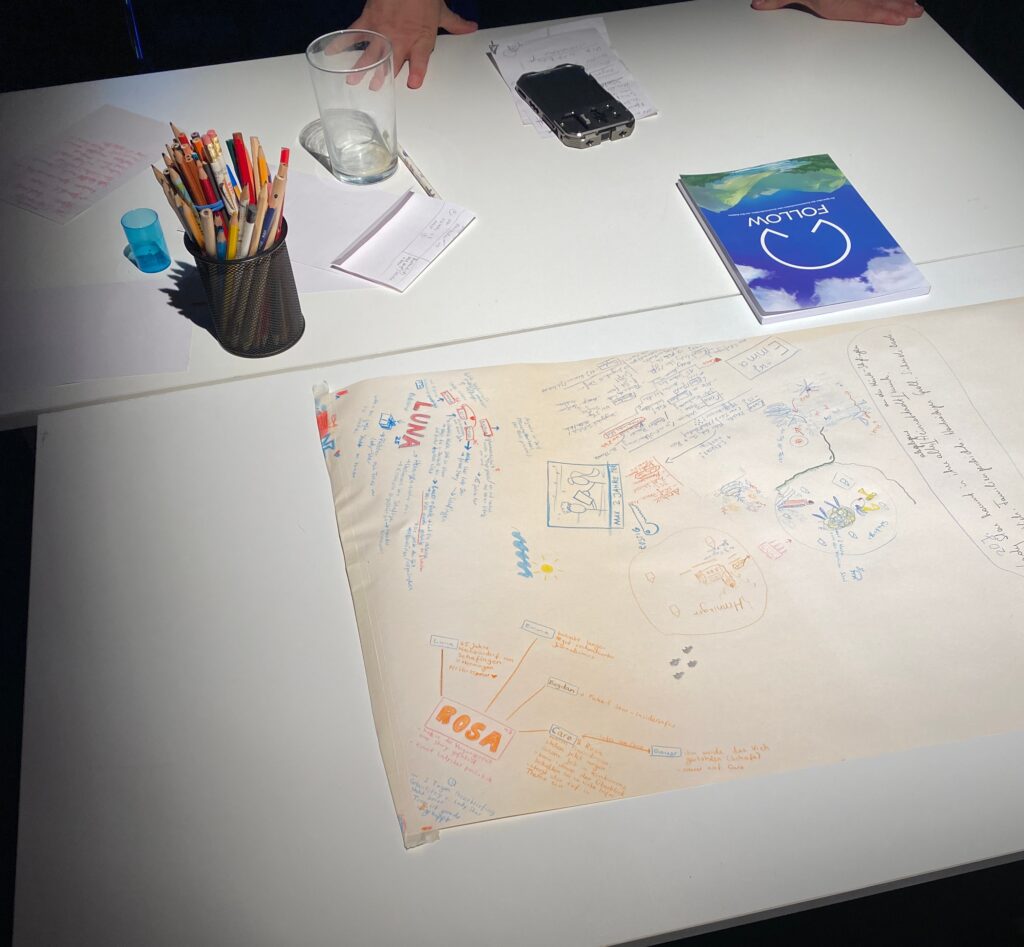The Master’s thesis titled „Evoking Interest through Storytelling: A Cognitive Narratological Investigation of Suspense, Curiosity, and Surprise“ was written by Michael Krendl. He submitted the thesis at the University of Vienna in 2024. The thesis was supervised by Dipl.-Ing. Dr. Paolo Petta.
Short summary of the thesis
The thesis explores how narratives evoke powerful responses/ emotions with a focus on suspense, curiosity, and surprise, which are termed the Universals of Narrative by Meir Sternberg. It investigates the cognitive and emotional mechanisms behind these responses and how they can be systematically crafted in storytelling.
The key sections of the thesis are:
- Introduction: Establishes the theoretical position and fundamental concepts.
- Narratological Correlates of Interest: Discusses directive and propulsive concepts of interest, including erotetic narration and narrative functionalism.
- Psychological Theories of Interest: Explores the functions of interest, the appraisal theory of interest, and the distinction between interest and liking.
- Curiosity: Examines information gaps, perceptual curiosity, and epistemic curiosity.
- Suspense: Analyzes the interplay of hope and fear, the (Anti-) Goal Model of suspense, and related emotions.
- Surprise: Differentiates between types of surprise, such as mismatch-based surprise, astonishment, and insight, and discusses the expectancy-disconfirmation hypothesis.
- Interest & the Seeking System: Proposes the Learn/Effect Model of Interest, which combines learning potential and effect appraisal to explain curiosity and interest.
The thesis concludes with a summary of findings, emphasizing the importance of narrative coherence, the role of epistemic emotions, and the practical applicability of the proposed models in narrative design. It also suggests areas for further investigation, such as the role of boredom and defamiliarization in storytelling.
Level of design
On the design level, the master’s thesis is kept quite simple, yet it appears appealing. Michael Krendl did not use a „standard template“ for his thesis. Instead, he embedded his work in a custom layout. His layout employs a lot of white space at the margins and less line spacing (unlike what is typical for „standard templates“). The text is set in justified alignment, making his work appear more compact and visually appealing.
He chose a serif font in various weights. I couldn’t precisely identify the font, even with technical tools, but one thing is clear: it is not Times New Roman. The serif font is a classical Antiqua, characterized by strong main strokes, fine hairlines, and small serifs that are horizontally positioned and have square endings. The axis of the rounded letter forms is perfectly vertical.
Krendl uses bold, italic, and regular font styles in his thesis. The headings are set in bold. I did notice some kerning errors in the headings, but I cannot determine whether this is due to the font’s preset configurations or the document’s compression.
For the body text, the regular font style is used, while italic is used for highlights. This differentiation in font styles creates a hierarchy/structure within the text. The additional variation in font sizes and the use of color for highlights make the textual hierarchy more evident. Long quotations are indented.
As mentioned, various methods are employed for highlights in the thesis. Important terms, references to individuals, or examples are emphasized in italics by Krendl. Literature references and the first mention of authors are set in blue. Personally, I am not a fan of the blue highlights, as they immediately draw attention and distract from the actual content. My suggestion would be to set literature references and first mentions of authors in italics and to highlight important terms, references to individuals, and examples in bold.
The thesis contains only a few image sources, which are centered and integrated into the body text.
As an orientation aid, the chapters and subchapters are numbered. An additional aid is the header, which indicates the respective chapter in which one is located. Each part is also separated from the other by a divider page.
Degree of innovation
The degree of innovation in the thesis can be considered high for several reasons:
- Interdisciplinary Approach: The thesis integrates cognitive science, psychology, and narratology to explore how narratives evoke emotions like suspense, curiosity, and surprise. This interdisciplinary approach is innovative as it combines insights from different fields to provide a comprehensive understanding of storytelling.
- New Models: The thesis introduces new models, such as the Learn/Effect Model of Interest, which combines learning potential and effect appraisal to explain curiosity and interest. This model attempts to reconcile existing theories by Berlyne and Loewenstein, offering a fresh perspective on how interest is generated and sustained.
- Detailed Analysis of Emotions: The work provides a detailed analysis of epistemic emotions and their role in storytelling. By distinguishing between different types of curiosity and surprise, and by proposing a five-factor model of suspense, the thesis offers nuanced insights that go beyond traditional narrative theories.
- Practical Applicability: The thesis aims to facilitate the narrative design process by providing practical methods and models that writers can use to evoke interest in their audiences. This focus on applicability makes the research valuable not only for academic purposes but also for practitioners in the field of storytelling.
- Addressing Gaps in Existing Research: The thesis addresses the limited scholarly attention given to how stories should be crafted to evoke emotions. By systematically exploring the cognitive and emotional mechanisms behind narrative interest, it fills a significant gap in existing research (according to him).
- Future Research Directions: The thesis identifies areas for further investigation, such as the role of boredom and defamiliarization in storytelling, which opens up new avenues for research and contributes to the ongoing development of narrative theory.
Overall, the thesis demonstrates a high degree of innovation by offering new theoretical models, integrating multiple disciplines, and providing practical insights for narrative design.
Independence
As mentioned before, Krendl addresses the limited scholarly attention given to emotions. Furthermore, he states the lack of differentiation between conflict in real life (e.g. a dispute) and narrative conflict. Also, there is no clear concept of narrative conflict. By systematically exploring the cognitive and emotional mechanisms behind narrative interest, it fills a significant gap in existing research (according to him).
His thesis combines different research fields (cognitive science, psychology and narratology) with each other, making it an interdisciplinary approach. He uses different theories and suggests an alternative in form of the Learn/Effect Model of Interest.
All these aspects, let me to believe that his thesis has a high level of independence.
Outline and structure
- Titlepage:
- Lists: title, author, degree, university, year and the supervisor.
- Table of Content:
- All the adjacent chapters and sub-chapters are listed. The main chapters appear in bold, while sub-chapters are indented. The acknowlegdements and dedications, abstract, Kurzfassung and bibliography are not listed.
- Abstract + Kurzfassung:
- Krendl summarizes shortly his thesis in an abstract (english) and also in a German version (Kurzfassung).
- Foreword
- In his foreword he states his motivations and personal interest for the research. He already uses statements of others to underline his interest and the importance of this thesis.
- Part 1: Introduction
- Krendl establishes the theoretical position and fundamental concepts required for the thesis.
- Chapter 1: Interest & Cognitive Narratology
- Discusses affect, emotion, mood, epistemic emotions, and cognitive narratology.
- Introduces narrative functionalism and its components.
- Part 2: Narratological Correlates of Interest
- Chapter 2: Directive Concepts of Interest
- Explores erotetic narration and the universals of narrative (suspense, curiosity, and surprise).
- Chapter 3: Propulsive Concepts of Interest
- Discusses peripeteia, anagnorisis, conflict, and collision.
- Introduces a model of narrative conflict.
- Part 3: Psychological Theories of Interest
- Chapter 4: Interest & Aesthetics
- Examines the functions of interest, appraisal theory, and the distinction between interest and liking.
- Chapter 5: Curiosity
- Analyzes information gaps, perceptual curiosity, and epistemic curiosity.
- Chapter 6: Suspense
- Discusses hope and fear, the (Anti-) Goal Model of suspense, and related emotions.
- Chapter 7: Surprise
- Differentiates between types of surprise and discusses the expectancy-disconfirmation hypothesis.
- Chapter 8: Interest & the Seeking System
- Proposes the Learn/Effect Model of Interest, combining learning potential and effect appraisal.
- Chapter 9: Summary of Findings
- Summarizes the key findings and theoretical contributions of the thesis.
- Discusses the cognitive approach to narrative design and the primary aspects of narrative design.
- Highlights areas for further investigation.
- Appendices
- Appendix A: Memento (2000): An Example of Extreme Dechronologization
- Appendix B: The Learn/Effect Model of Interest
- Appendix C: Primary Aspects of Narrative Design
- Bibliography
- Comprehensive list of references and sources cited throughout the thesis.
- No differentiation between analogue or digital (but most of the references are books).
Krendl wrote of every chapter a mini-introduction and at the end of every chapter he summarizes the chapter shortly. Sometimes he also gives a sneak-peek for its relevance in adjacent chapters. In summary, his thesis is well structured and has a cohesive outline.
Degree of communication
The degree of communication in the thesis can be considered high based on several factors, of which many have been discussed earlier.
The thesis has a clear structure and is well-organized into distinct parts and chapters, each focusing on specific aspects of the research. This clear structure helps readers navigate through the complex topics discussed. Another aid is the detailed table of contents. It provides a clear roadmap of the thesis, making it easier for readers to locate specific sections and understand the overall flow of the thesis. The personal foreword and the introduction help readers to ease into the topic. Also, the use of sub-headings helps the readers to break down the content into manageable sections. This makes it easier for readers to follow the arguments and understand the key points being made.
On theoretical basis the thesis deals with an interdisciplinary approach. The thesis effectively integrates insights from cognitive science, psychology, and narratology. This interdisciplinary approach is communicated clearly, showing how different fields contribute to the understanding of narrative interest. Furthermore, the thesis integrates theoretical and practical insights. For example, it introduces new models like the Learn/Effect Model of Interest and provides practical methods for narrative design, making the content relevant for both academics and practitioners. The final chapter summarizes the key findings and theoretical contributions, reinforcing the main points.
Also the inclusion of additional resources (integration of appendices) and the bibliography helps readers who seek to research further into the topic.
Overall, the thesis demonstrates a high degree of communication by being well-structured, clearly written, and effectively integrating theoretical and practical insights. This makes it accessible and valuable to a broad range of readers, including scholars, students, and practitioners in the field of storytelling.
Scope of the work
The scope of Michael Krendl’s thesis is broad and interdisciplinary, encompassing several key areas:
- Narrative Theory:
- The thesis explores fundamental concepts in narrative theory, such as suspense, curiosity, and surprise, which are referred to as the „Universals of Narrative“ by Meir Sternberg.
- It examines how these elements are used in storytelling to evoke interest and engage audiences.
- Cognitive Science:
- The work integrates cognitive science principles to understand how narratives affect human cognition and emotions.
- It investigates the cognitive processes that enable readers to comprehend and construct narratives, focusing on mental representations, coherence, and the need for sense-making.
- Psychological Theories of Emotion:
- The thesis delves into psychological theories of emotion, particularly those related to epistemic emotions like curiosity, confusion, and surprise.
- It discusses how these emotions are evoked by narratives and their role in maintaining reader interest.
- Narrative Functionalism:
- The research introduces and elaborates on the concept of narrative functionalism, which states that narrative elements must serve a purpose within the plot to maintain coherence and interest.
- It distinguishes between propulsive and directive functions of narrative elements.
- Interdisciplinary Approach:
- The thesis adopts an interdisciplinary approach, drawing from narratology, cognitive science and psychology to provide a comprehensive understanding of how narratives evoke interest.
- It bridges the gap between theoretical insights and practical applications in storytelling.
- Models and Theories:
- The work proposes new models, such as the Learn/Effect Model of Interest, which combines learning potential and effect appraisal to explain how interest is generated.
- It also introduces a model of a five-factor model of suspense, providing frameworks for analyzing and creating engaging narratives.
- Practical Applications:
- The thesis offers practical insights for writers and storytellers on how to craft narratives that evoke interest through suspense, curiosity, and surprise.
- It discusses techniques like gapping and the use of mood cues to enhance narrative engagement.
- Empirical and Theoretical Contributions:
- The research contributes to both empirical and theoretical knowledge in the fields of cognitive narratology and emotion psychology.
- It suggests areas for further investigation, such as the role of boredom, defamiliarization, and the empirical validation of proposed models.
In summary, the scope of the thesis is extensive, covering theoretical foundations, cognitive and emotional mechanisms, practical storytelling techniques, and interdisciplinary connections. It aims to provide a deep understanding of how narratives evoke interest and offers valuable insights for both academic research and practical storytelling.
Orthography and accuracy
The thesis is written with a high level of accuracy. All the citations are stated. Every direct reference cites its page number. It was interesting to me that Krendl references indirect literature citations only by stating the author’s name and publication year. Also, I haven’t seen any mistakes in spelling or grammar.
The thesis is written in a language that is academic yet accessible, aiming to communicate complex ideas clearly and effectively. The writing style is formal but not overly technical, making it approachable for a wider audience.
Literature
Krendl uses a wide variety of literature from different authors. As mentioned, the various sources relate to the fields of cognitive science, psychology, and narratology. Furthermore, Krendl does not focus on just one work by an author, but refers to multiple works by the same author on a topic that have been published at different times.
His literature sources are primarily books or e-books. He does not separately list internet contributions in a bibliography. Most of the sources are from the last century or the early 2000s, with only a few more recent books. I cannot assess whether this is due to a lack of research in this field in recent years, as I have not yet looked deeply into the topic.
